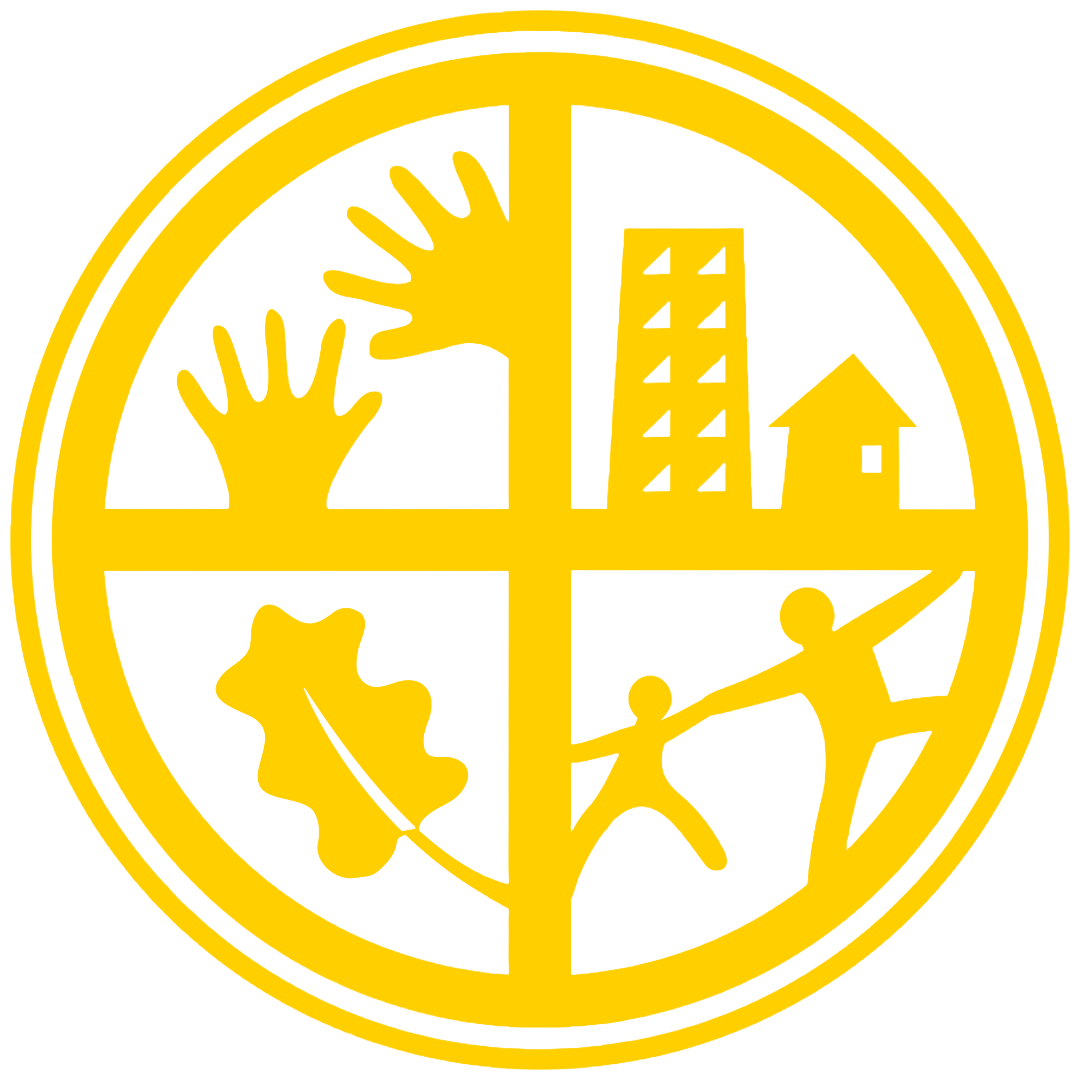“This educational framework invites students to discover a sense of kinship with all people.” —Dorrie
by Katy Miller
With this blog I’m excited to give you a little bit more information about the amazing project that our Lower Elementary students decided to support as part of their class project on homelessness this month (November is Homelessness Awareness Month).
Zero Waste Bake Sale
When the kids in Sonya and Jen’s classes said that they wanted to do something about homelessness and were offered examples of the many options available in our region to support people experiencing homelessness, both groups decided to support a project called The BLOCK Project. They were clear that they wanted to do something that would help end a person’s homelessness and provide a permanent place for them to call home. The students have worked to raise money for a “Welcome Home Kit.” Since many of the BLOCK Project participants have been homeless for a long time, they have very few possessions. The Welcome Home Kits provide essentials such as towels, a shower curtain, pots and pans, sheets and pillows, etc. to help them enter housing on solid footing.
The BLOCK Project is a small, innovative grassroots Seattle organization. It addresses the complex issue of homelessness one person at a time and one neighborhood “block” at a time, in order to shift the conversation of “NIMBY” (not in my backyard) to “YIMBY” (yes in my backyard). They house individuals exiting homelessness in small backyard cottages located in neighborhoods throughout the city. You can read more in this Seattle Times article. Non-profit partners provide services and The BLOCK Project creates an organized, supportive circle from the “block” of neighbors to help ensure a solid transition for everyone. The BLOCK Houses are also energy-efficient and mostly off the grid, reducing impact to the environment and the host.
Middle School student recording laps for Sonya’s class.
Sonya’s class held a Walk-A-Thon at Ross Park in which all students participated, with some Middle School students helping to count and certify laps. Jen’s class decided on a zero-waste bake sale, for which, after much discussion, they decided to use corn husks as serving plates. Together, the two classes raised a total of $5,206.52, combined (enough for 7 Welcome Home Kits!). This included one generous donation from a student’s uncle. On the following morning, a child arrived at school with his own personal money that he wanted to donate directly as well. Several other students loved that idea, and also brought in money from their own piggy banks. These gifts will add quite significantly to their total donation.
Sonya’s students after the Walk-a-thon
I am so proud of our kids – they have shown such incredible interest in learning more about the issue of homelessness and compassion to do more for those who are struggling the most in our community. On any given night in Seattle-King County there are 11,199 households experiencing homelessness. The reasons that lead to homelessness are sometimes very complex, but ultimately the solution is affordable housing with the services needed to help people get back on their feet. While on a very small scale, it is heartening to see our children engaged in seeking solutions to such a complicated problem.
— Katy Miller
who works as the Regional Coordinator at United States Interagency Council on Homelessness
“Our program allows students to engage in deep, big project work that makes a substantial impact on the reality that they see around them.” —Dorrie
A message from Dorrie on how this experience dovetails with our curriculum
This dual-class effort shows the power of Montessori Elementary education at work in several ways. First it’s a great example of how our program allows students to engage in deep, big project work that makes a substantial impact on the reality that they see around them. It also shows how coordinated, inspired, multi-age group work germinates from specific key lessons.
Through our history and economic geography lessons we present frameworks for understanding human societies, and these tools are useful to our children’s understanding of their own experience of the world around them. Lower Elementary is a time when students explore the way people meet their fundamental needs in our own and different cultures, climates and times in history. They see that all people have the same fundamental needs: needs like shelter, nutrition, safety, and knowledge, among other things.
Volunteering at Food Lifeline
This educational framework invites students to discover a sense of kinship with all people. When they see people in our community without shelter and adequate food or clothing, our elementary children have the unique opportunity to come together, to consider how they can make a difference and to reach out to experts in our community to learn more and make a meaningful impact. Our children get to live out those special attributes of our shared humanity, that we have a mind to envision solutions, a heart that inspires our individual and shared will, and hands that can carry out the work required. Thank you Katie Miller, for sharing your professional expertise in this area, deepening our students’ understanding, linking them to this community-rooted project, and helping them feel the power of what they can do together.






